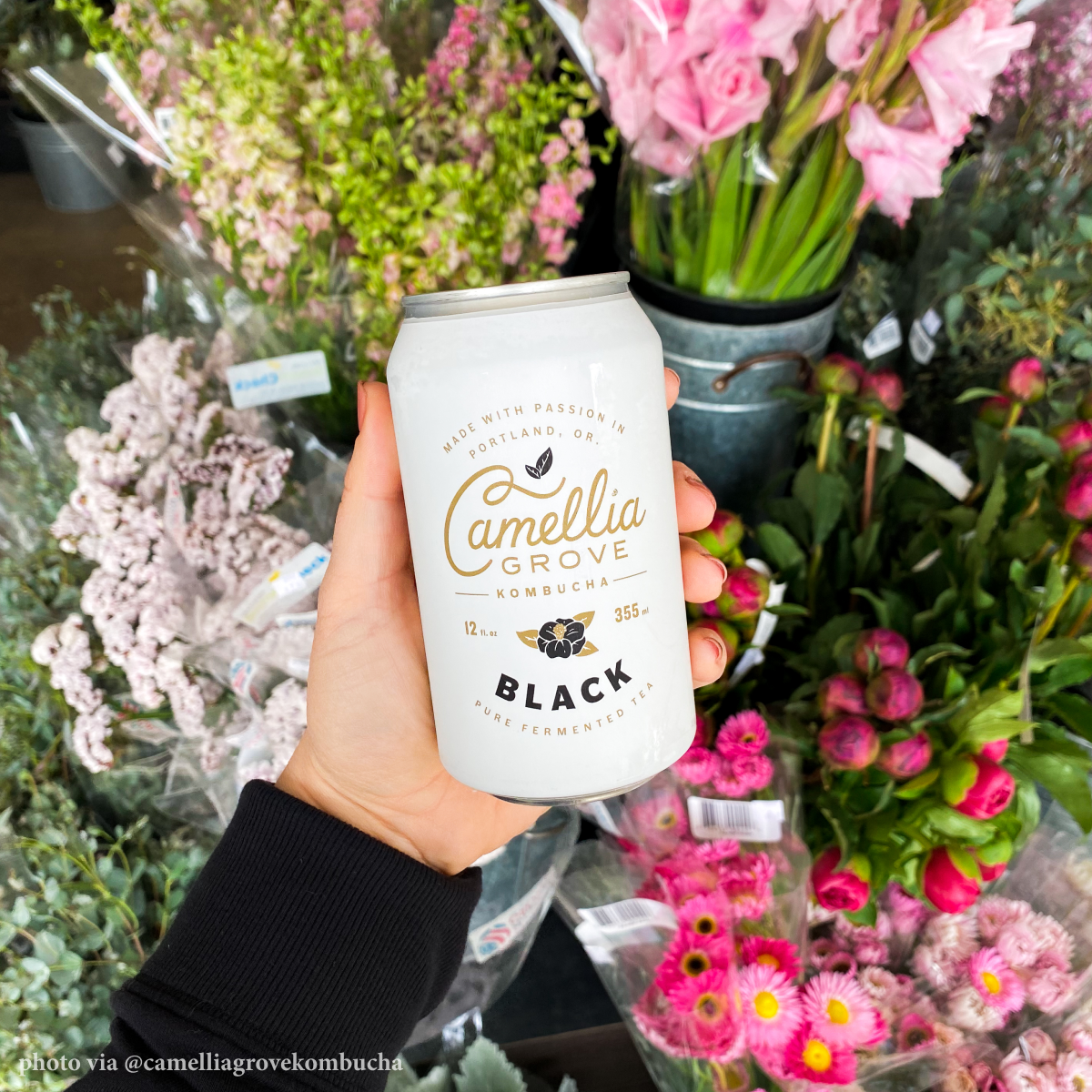

Camellia Grove makes kombucha that tastes like tea. Since the fermented beverage starts as the brewed leaves of the Camellia sinensis plant, what the world has known as tea for millennia, that doesn’t seem so unusual. But with commercial kombuchas made to taste like fruit, spices, or even old school sodas like root beer and Dr. Pepper, Camellia Grove’s brew is downright radical.



It’s not surprising, though, considering that one of the founders made the country’s first commercial kombucha more than 25 years ago. Robert Deering’s biology background and a bottle of fermented tea from an old hippy led to Oocha Brew, but the world wasn’t quite ready for kombucha and the company shut down after a few years.
Deering became a science teacher, but never lost interest in kombucha and eventually started consulting with other brewers. When Joe Mayol emailed him with an idea for making more tea-forward kombucha, the seeds for Camellia Grove were planted.




Mayol and Robert shared the vision of making kombucha that featured the source tea.
Mayol trained as a chef and worked at several Portland restaurants. Inspired by Sandor Katz’s book, The Art of Fermentation, he started making pickles and kombucha at home. He found Robert on a fermentation forum, discovered they were neighbors, and learned they shared the vision of making kombucha that featured the source tea.
Camellia Grove kombuchas have no added sugars, flavor extracts, or juices. Unlike most commercial kombuchas, they don’t undergo a secondary fermentation, and that means they’re reliably non-alcoholic. A new and larger production facility allows Camellia Grove to put the kombucha in easier to recycle aluminum cans.
Photos via @camelliagrovekombucha



